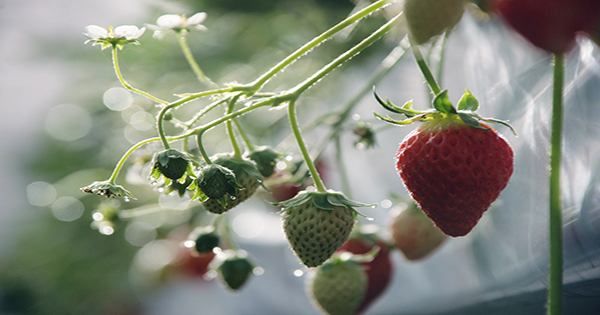This article talks about Mixture Distribution, which is arise in many contexts in the literature and arise naturally where a statistical population contains two or more subpopulations. It is discussed under the title of mixture models, while the present article concentrates on simple probabilistic and statistical properties of mixture distributions and how these relate to properties of the underlying distributions. It can also be used to model experimental error or contamination – one assumes that most of the samples measure the desired phenomenon.
Mixture Distribution
















